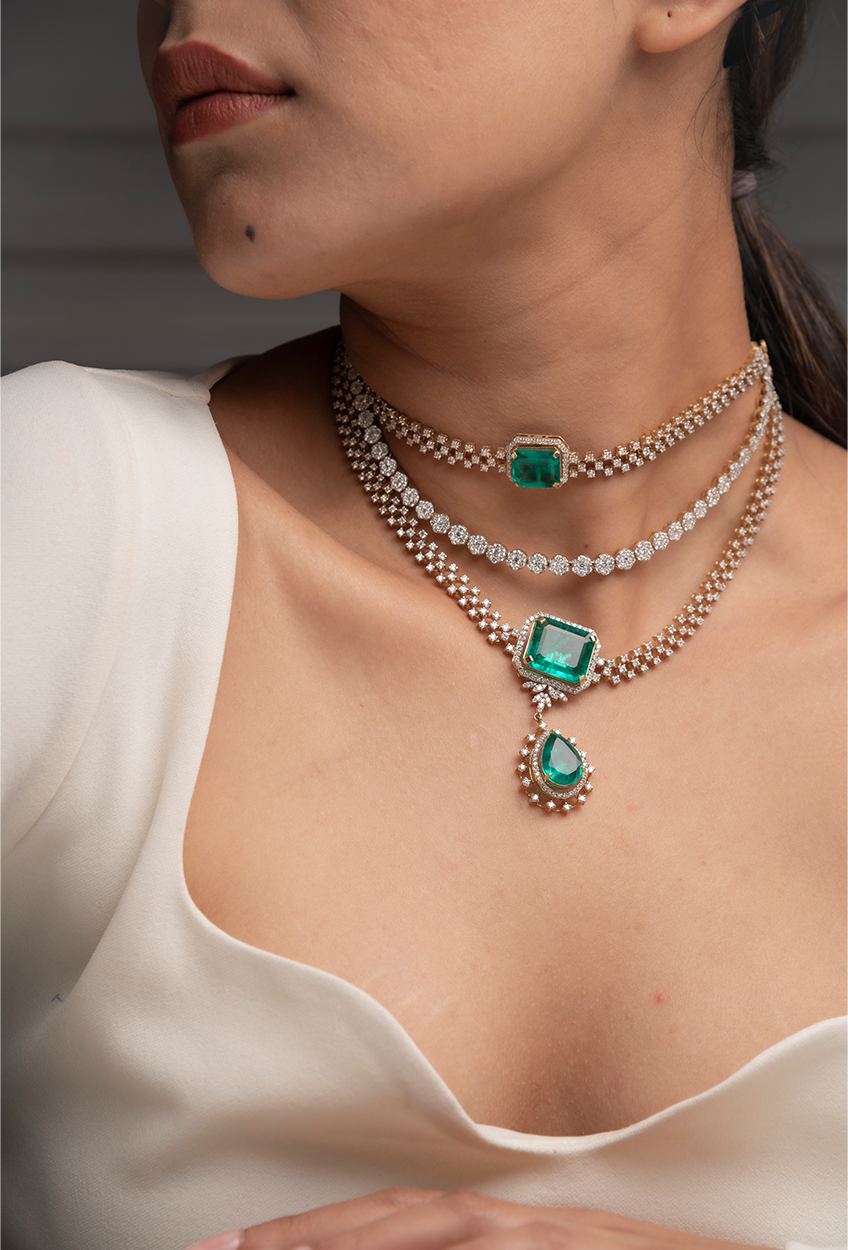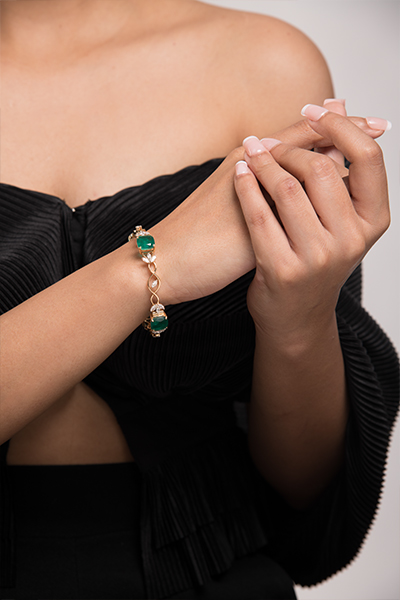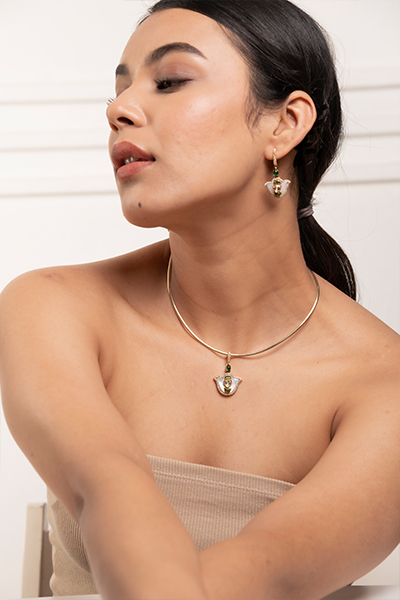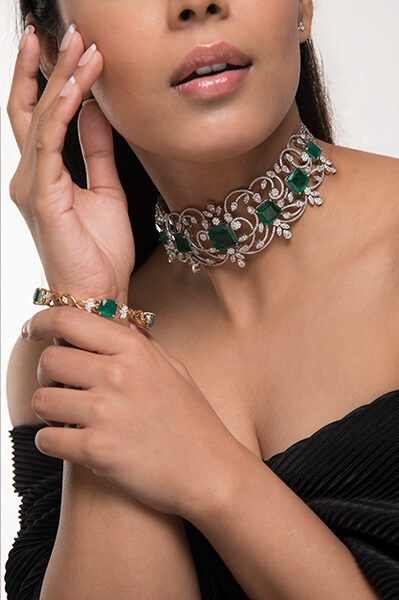What makes Hellstar long sleeve fabric different?
Hellstar long sleeves are defined by material choices and construction that target streetwear durability, print integrity, and a worn-in aesthetic. Expect a focus on ring-spun or combed cotton jersey, midweight to heavyweight GSM options, selective blends for stretch, and garment finishes that affect color and hand-feel.
Hellstar pieces typically favor ring-spun cotton for a softer hand and cleaner printing surface; that yarn type yields tighter, smoother knit face for graphics. Where stretch is required, a small spandex/elastane percentage (commonly 3–5%) is blended to keep silhouettes tidy without losing the cotton feel. Heavier items move into brushed fleece or interlock knits in the 260–350 gsm range to add warmth and structure while maintaining printed artwork clarity.
Garment-dye choices are common for that lived-in color depth, but they alter initial care and colorfastness compared with piece-dyed or reactive-dyed knits. Manufacturing decisions—pre-shrinking, enzyme washes, single-needle vs double-needle finishing—determine how a shirt holds fit after repeated wear. Understanding which fabric and finish your Hellstar long sleeve is made from is the first step to predicting fit changes, shrinkage, and how aggressively you can wash or dry it.
When a product description lists “ring-spun 180–220 gsm” or “brushed fleece 300 gsm,” that’s a direct signal about weight, drape, and durability. Always cross-reference composition (for example, 95/5 cotton/spandex) with stated finish (pre-shrunk, enzyme wash, garment-dyed) to set realistic expectations for feel and longevity.
Construction details — seam types, cuff ribbing, and hem finishes — are equally decisive: two pieces with identical fabric blends can wear very differently if one uses reinforced shoulder tape and the other uses a single-needle shoulder seam.
How should a Hellstar long sleeve fit?
The fit must reflect your styling intent: the measured chest and shoulder behavior decide whether a long sleeve reads slim, regular, or oversized. Measure chest, length, and sleeve from the center-back to get repeatable comparisons with a brand chart, then pick allowance based on desired ease.
For a slim fit choose 0–2 inches of positive ease across the chest so the garment follows the torso; a regular fit uses roughly 2–4 inches for comfortable movement without appearing baggy; oversized looks use 4–8 inches for a relaxed drape and exaggerated shoulder drop. Sleeve length is measured from center back neck to wrist; expect to add or subtract an inch depending on whether you prefer stacked sleeves or a cleaner cuff hit at the wrist.
Shoulder seam placement tells you everything: seams sitting on the natural shoulder indicate a traditional cut; a dropped shoulder creates the oversize, boxy feel. Raglan sleeves change silhouette and ease distribution, often accommodating broader range of motion with less shoulder seam pull. If you’re comparing sizes, lay a trusted garment flat and measure chest at armpit across, length from high point shoulder to hem, and sleeve from center back; then compare those numbers to the Hellstar size guidance.
Sizing anomalies exist between fabric types: heavy fleece will hang differently than single jersey cotton, so a size that fits in a tee might feel tighter or shorter in a ribbed cuffed fleece. Stretch content changes feel across the bust and sleeve; a 95/5 cotton-spandex will cling less to the upper arm than 100% cotton after multiple wears because the elastane recovers better.
Tailoring the fit at purchase time saves future frustration: if you aim to layer, choose an extra inch or two in the chest and a sleeve length that allows shirt cuffs to sit under the long sleeve without bunching at the wrist.
Fabric breakdown: cotton, blends, and technical knits
Different fabrics deliver predictable outcomes: single jersey cotton gives breathability and print clarity, cotton-poly blends provide wrinkle resistance and lower shrinkage, and modal or viscose blends boost drape and softness. Brushed fleece and interlock knits deliver structure and warmth at the expense of immediate breathability.
Below is a concise comparison that isolates the everyday trade-offs between popular long sleeve fabrics used in contemporary streetwear.
| Fabric | Typical Composition | Typical GSM | Feel / Drape | Stretch | Shrinkage Risk | Care Notes |
|---|---|---|---|---|---|---|
| Ring-spun cotton (single jersey) | 100% cotton | 160–220 | Soft, crisp print surface, medium drape | Low (unless blended) | Medium (2–5% if not pre-shrunk) | Wash cold, inside out; hang or tumble low |
| Cotton-poly blend | 60/40 or 80/20 cotton/poly | 160–240 | Less prone to wrinkling, slightly stiffer | Low–Medium | Low | Wash cold, tolerant of gentle tumble dry |
| Cotton–spandex | 95/5 or 97/3 | 160–220 | Body-skimming, retains shape | High (recovery good) | Low | Wash cold, avoid high heat to preserve elastane |
| Modal / Viscose blends | 50/50 or mixes with cotton | 140–200 | Silky, excellent drape | Medium | Medium (can distort if wet) | Wash cold, reshape when damp, dry flat |
| Brushed fleece / interlock | 100% cotton or cotton/poly | 260–350+ | Warm, structured, plush interior | Low–Medium | Low–Medium | Wash inside out, low tumble or hang to preserve nap |
Use the table to match a fabric to lifestyle needs: breathable single jersey for layering and prints, blends for travel resilience, modal for draped fits, and fleece for cold-weather structure.
What care routine preserves fit and print?
Preserve fit and artwork by washing cold, turning garments inside out, using mild detergent, and avoiding high heat in the dryer. These three actions limit shrinkage, reduce abrasion to prints and fabric face, and protect elastane recovery.
Start washing at 30°C (86°F) for most cotton and blends; use gentle or delicates cycle if available. Turn garments inside out to shield screenprints, DTG prints and garment-dye pigments. Use a liquid, non-bleach detergent and avoid fabric softeners when you want to maintain print hand and moisture-wicking finishes; softeners coat fibers and can cause prints to look dull and fabrics to feel limp.
Drying strategy matters: hang-drying reduces shrinkage and preserves rib recovery; dry flat if you want to reduce shoulder stretching on heavier knits. If you must tumble dry, use low heat and remove garments while slightly damp to finish on a hanger. Iron inside out on low to medium heat; avoid direct iron on heat transfers and vinyl decals.
For garment-dyed items wash them separately the first 2–3 washes to avoid dye transfer. For heavy bristled pilling on blends, a fabric shaver restores appearance but use it lightly to avoid thinning the knit. If a tag says \”pre-shrunk,\” expect minimal dimensional change, but allow for 1–2% residual shrinkage during the first few cycles.
Stain removal: treat grease and oil with liquid dish soap on the spot before washing. Avoid oxygen bleach on untreated reactive dyes and garment-dyed pieces—use cool-water soak and gentle detergent instead to prevent color loss.
Construction and why it matters for durability
Construction choices—seam type, cuff ribbing, reinforcement—dictate how well a hellstar long sleeve black long sleeve keeps shape and resists common failure modes like shoulder stretching or cuff blowout. Look for details before you rely on a piece as a daily wearer.
Flatlock or double-needle seams resist seam splitting and maintain a cleaner silhouette under load; single-needle seams reduce bulk but are less forgiving under strain. Ribbed cuffs with at least 2×2 ribbing and a quality elastane content recover better at the wrist than plain hem cuffs. Shoulder tape or a reinforced yoke distributes stress from backpacks and repeated movement; its absence predicts faster shoulder roll.
Hems and collar finishes matter: a taped or bound neckline will survive repeated pulls from putting the shirt on and off, while a raw or minimally finished collar will show wear sooner. Garment-dyed pieces often receive a softer hand but can have slightly less structural rigidity than enzyme-washed or sanforized garments.
Print placement affects seam stress: prints across seams are prone to cracking if the garment lacks adequate stretch or seam reinforcement. Preferrable finishes for longevity include enzyme wash for surface softness combined with pre-shrinking to limit post-wash dimensional changes.
When evaluating a Hellstar long sleeve, inspect stitch density (measured as stitches per inch) and whether hems are reinforced; higher stitch counts and reinforced construction correlate with longer life in daily wear scenarios.
Prints, dyeing, and how they change care needs
Print method and dyeing process dramatically alter washing tolerance: screenprints are generally robust, DTG prints need gentle handling, and heat-applied vinyl can delaminate under high heat. Garment-dyed fabrics often require gentler first washes to prevent color bleed and premature fading.
Screenprinting with plastisol cures into a stable layer that tolerates higher temperature washes and tumble drying better than water-based or discharge prints, which are softer but more vulnerable to abrasion. Direct-to-garment printing looks detailed on ring-spun cotton but will fade faster with harsh detergents and hot water. Heat transfer and vinyl decals should never see high dryer heat for long periods; repeated high-heat cycles cause cracking and peeling.
Garment dyeing achieves depth of tone by coloring the finished product; this creates variability in interior/exterior shades and increases the chance of dye rub or transfer. Wash garment-dyed pieces separately for the first two washes and use color-capturing sheets if mixing loads. Reactive-dyed or pigment-dyed prints have different fastness profiles; when product information is available, follow the manufacturer’s dye-care recommendations.
Spot test an unseen interior seam before aggressive treatments. Colorfastness varies by batch, and surface finishes change absorbency and how a print adheres. For long-term print preservation, prioritize cold wash, inside-out handling, and low-heat drying.
Fabric softeners and bleach are the two most common killers of print integrity: softeners leave a film that dulls prints, and bleach breaks down dyes and fibers—both accelerate the aged look and shorten usable life.
Expert tip and little-known facts
Expert Tip: \”Never assume pre-shrunk means zero shrinkage—treat pre-shrunk gear as ‘low shrink’ not ‘no shrink.’ Wash cold and dry low the first three cycles while checking fit; even a well-constructed ring-spun cotton long sleeve can tighten up 1–3% if exposed to high heat.\” — apparel technician
Fact 1: Ring-spun cotton is not just softer; the longer staple and twisting process creates fibers that hold prints with finer detail because the knit face is smoother than carded cotton.
Fact 2: Elastane content as low as 3% can halve visible bagging in cuffs and hems because of improved recovery, which is why many long sleeves use small spandex percentages rather than heavy stretch builds.
Fact 3: Garment-dying increases abrasion resistance in some cases by settling pigments into the finished fabric surface, but it also raises the probability of early dye rub until the piece has been through a few wash cycles.
Fact 4: A higher stitch-per-inch count at seams increases seam strength exponentially rather than linearly; doubling stitch density can more than double seam life under repeated stress.






